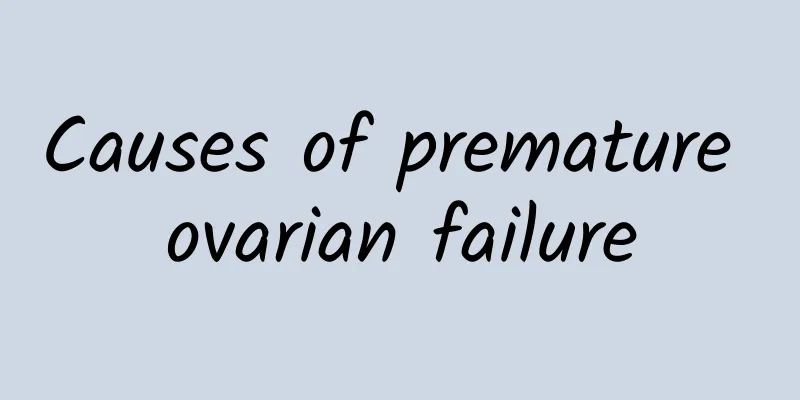What impact does uterine malformation have on fertility?

|
The uterus plays an extremely important role in reproductive physiology and reproductive endocrine function. It is the target organ of ovarian hormones and has the functions of storing and transporting sperm, sperm capacitation, egg implantation, fetal development, and delivery. Uterine dysplasia and malformation may have the following adverse effects on fertility: The malformed uterus is not easy to accommodate semen and sperm, thus affecting sperm capacitation and conception. Due to the dysplasia of the uterine myometrium and endometrium and the abnormal uterine shape and volume, it is not conducive to sperm survival, fertilized egg implantation and embryonic fetal development. The malformed uterus can cause placental attachment and developmental abnormalities. Since uterine malformation can cause infertility, recurrent miscarriage, premature birth and malposition of the fetus, how should it be treated and handled? 1. Although uterine malformation has certain disadvantages for fertility, it does not mean that the woman cannot conceive. If the ovarian function is normal, the woman can conceive and give birth without special treatment if there is a double uterus malformation, saddle uterus, uterine septum, etc., as long as the uterine cavity volume is not too small. 2. If there is endocrine dysfunction or anovulation, a combination of Chinese and Western medicine can be used to regulate endocrine and promote ovulation. This will allow the body to have a certain level of estrogen and progesterone, thereby promoting uterine growth and facilitating conception, embryo implantation, and development. 3. For women with single cervix, double uterus, bicornuate uterus, and septate uterus who are infertile due to the small uterine cavity volume affecting embryo development, uterine correction surgery can be considered to form a single uterus and increase the volume of the single uterus to facilitate the movement and combination of sperm and egg, as well as the implantation of the fertilized egg in the uterus and the development of the embryo. However, this type of surgery may cause postoperative uterine cavity adhesions as a new factor of infertility and possible complications of postoperative pregnancy uterine scars. |
<<: What are the symptoms of uterine septate? What should I do if I have uterine septate?
Recommend
The first menstrual period after miscarriage is very important
After a miscarriage, the female body needs to go ...
Allergies flare up during seasonal changes? 4 major nutrients to protect your skin! Nutritionist: Stay away from these three ingredients that can cause chronic allergies
Do you keep sneezing, have dry and itchy skin, an...
Greasy midnight snacks, bad intestinal bacteria... 5 major occupations prone to colon polyps
Office workers often stay up late to work overtim...
How to cure ovulation bleeding
Ovulation bleeding is the period of vaginal bleed...
Stay away from the three highs by supplementing deep sea magnesium (Part 2)
Magnesium can regulate blood pressure and improve...
Cancer cachexia and weight loss require protein and fish oil supplementation
Cancer treatment has side effects, especially wei...
What should I do if I have irregular menstruation after cesarean section?
What should I do if I have irregular menstruation...
Which hospital is better to check the thickness of endometrium?
In fact, many gynecological diseases need to be t...
What are the symptoms of senile vaginitis?
What are the symptoms of senile vaginitis? Senile...
Health Guide: Eating chocolate in moderation during menstruation can help relieve menstrual cramps
Every month when your period comes, you have to t...
Early symptoms of ectopic pregnancy
The initial symptoms of ectopic pregnancy include...
What is the reason for irregular menstruation in girls? Four common hazards of irregular menstruation
Nowadays, many little girls are not very old, but...
Simple and effective treatment for pelvic peritonitis
The principle of treatment is to actively elimina...
What medicine to take for pelvic peritonitis
Pelvic peritonitis is a common disease, and femal...
Five periods to prevent pelvic inflammatory disease
How to prevent pelvic inflammatory disease? When ...









